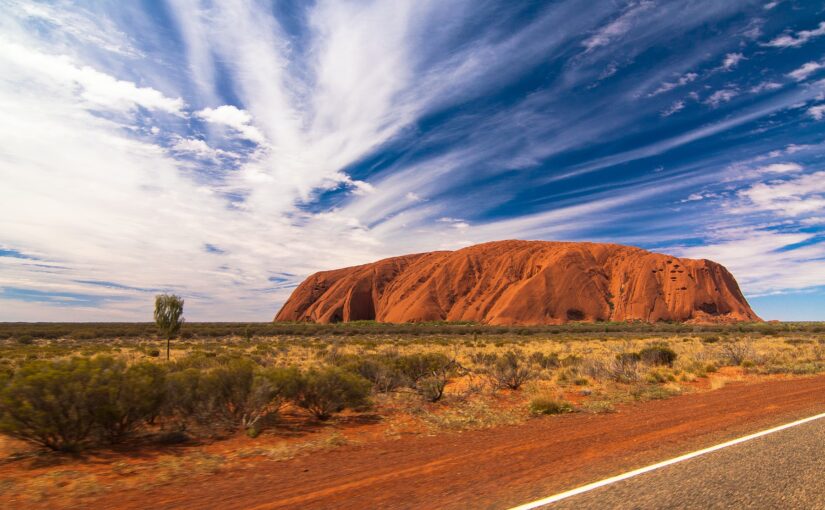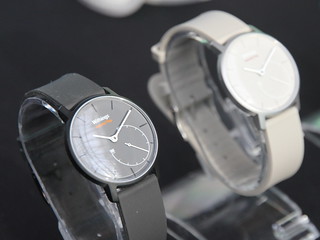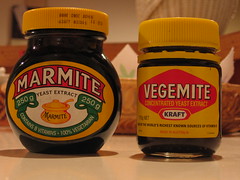In Australia, we are about to vote in a referendum to change the constitution, to add an “Aboriginal and Torres Straight Islander Voice” to the list of government entities. We’ll get to vote Yes or No on the 18th (oops, I mean 14th) October, and it will be the first time in over 20 years that we’ve had the opportunity to do something like that.
I’ve had many discussions with people here about the Voice, and I will probably vote Yes given there are a majority of Indigenous Australians who want it. The idea for it came out of the 2017 First Nations National Constitutional Convention, and had been preceded by many years of discussion of how to recognise Indigenous Australians in the constitution. The “Uluru Statement from the Heart” summarises the majority position of a large number of Elders from this convention, and includes the statement “We call for the establishment of a First Nations Voice enshrined in the Constitution”.
I am not going to present here an argument or evidence for why this should be supported. There are good analyses elsewhere. However, one of the things that has come up when I’ve discussed the Voice with others is that if the Voice is seen as a way of addressing disadvantage (which it is intended to be), and if Indigenous Australians are a significantly disadvantaged group (which they are), why should they get a Voice in the constitution in priority over other disadvantaged groups, e.g. refugees? Why should we call out a particular population in the constitution? In other words, why are Indigenous Australians special?
I may not be qualified to answer this. My school education in Australia was at a time when Indigenous Australians were not well covered in the curriculum. I do not have lived experience when it comes to Indigenous Australian communities. However, I have tried to educate myself. I’ve read all six books in the First Knowledges series, books by Stan Grant, Bruce Pascoe, and Bill Gammage, and even Indigenous Australia for Dummies. I have listened to the 2022 Boyer lectures by Noel Pearson, and I’ve visited many parts of Australia with Indigenous tour guides, and try to listen.
Despite that, I haven’t seen an answer to this question so far in the copious material flying around the Internet on the Voice referendum, and it seems central to the claim of the No case that the proposed constitutional change will create an unwelcome new division in our society, so I’m going to give this a crack.
A first response is that this question is an example of Whataboutism, and raising the disadvantage of other groups doesn’t somehow disprove the need for Indigenous Australians to get better outcomes than they’ve gotten historically. Additionally, presumably all groups should get the support they need to address their disadvantage. It’s not an either-or. We should do better. However, I’ll take on the question as if it was asked sincerely.
Another response is that the question is backwards. That it is instead Indigenous Australians that make Australia so special. The something-around 60,000 years of time spent shaping and learning about the flora, fauna and geography of this country has helped us be what we are today. After European settlement, the Indigenous people have played a role in making early settlers, explorers and farmers succeed. My grandmother was helped into the world by an Indigenous mid-wife, for example. While this is a valid response, I feel it doesn’t treat the question seriously.
I’ve come across two arguments for why First Australians are special enough to merit their own constitutionally-endorsed organisation: a legal one, and a moral one.
The legal one is essentially that they have unique rights that no-one else in Australia has, both recognised by the High Court and covered in Commonwealth legislation, but this uniqueness is ignored by the constitution. What is known as the Mabo Case was a claim of “native title” rights to the Murray Islands – part of the Torres Straight islands, off the coast of Queensland – by Eddie Mabo and others. This was due to the people there continuing their traditional activities since before European settlement, and recognition of the traditional laws and society that underpinned these. While no other population of people who have arrived in Australia since European settlement can claim this, it is not a unique situation internationally. For example, in Canada it is also recognised that Indigenous peoples there have rights that pre-existed any colonisation. Importantly, these rights don’t result simply from genetic lineage or “race”, but due to being part of a society that has continued to exist in Australia for thousands of years.
The moral one is Australian governments (both state and federal) have consistently passed laws to the detriment of Indigenous Australians, and are able to continue to do so because of an imbalance of power between the various governments in power and the Indigenous populations. Until Indigenous people have more say over what is done to them, the situation risks continuing. Some examples of Commonwealth government actions that targeted Indigenous Australians include:
- the Northern Territory National Emergency Response introduced in 2007 that involved the compulsory acquisition of land and limiting welfare benefits,
- the Cashless Welfare Card introduced in 2016 to areas with high Indigenous populations, tightly limited the types of goods that could be purchased, and may have contributed to increased theft and self-harm rates, and
- the attempts since 2020 to create a rule to allow deporting of Indigenous Australians if they have committed a crime.
Additionally, one legal expert has claimed that “Australia is the only industrialised nation that allows its parliament to make special detrimental laws for the Indigenous peoples of the land.” If so, Australia is not covering itself in glory here.
To guarantee a say about the stream of regular measures and laws that are targeted towards them by the Commonwealth government requires something that is not entirely subject to the Commonwealth government. Previous entities that represented Indigenous interests (NACC, ADC, and ATSIC) each managed to survive for a few years before being abolished by the Commonwealth. Having a new entity established by the constitution provides more balance and continuity in the relationship.
In conclusion, there is no new division here. Indigenous Australians are set apart from other Australians due to access to unique rights, and due to being uniquely and repeatedly targeted by Commonwealth government activities and laws. If the referendum succeeds, this will not change. But we can hope that other things change for the better.





![Reblog this post [with Zemanta]](http://img.zemanta.com/reblog_e.png?x-id=595cd911-3820-4347-8027-4c0445f278d4)

![Reblog this post [with Zemanta]](http://img.zemanta.com/reblog_e.png?x-id=db0e9548-6bd9-4f50-a328-d31d279c7242)